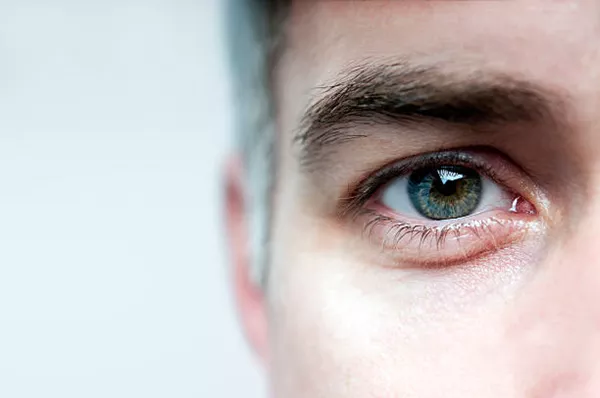Your eyes are more than just windows to your soul—they can also reveal important clues about your overall health. According to Dr. Douglas Wisner, an eye specialist at WillsEye Hospital in Philadelphia, the eyes are the only part of the body where doctors can directly see nerves and blood vessels without surgery.
These nerves and blood vessels can show signs of serious health problems, including high blood pressure, type 2 diabetes, autoimmune diseases, and even cancer.
However, doctors can’t spot these issues just by looking at your eyes normally. They need to perform a special test called a dilated eye exam or use advanced imaging tools to see the back of your eye clearly. Think of dilation as opening a door instead of peeking through a keyhole.
To catch these signs early, it’s important to have a full eye exam regularly. While you might just expect to get reading glasses as you get older, your eye doctor might find something that needs further medical attention and refer you to another specialist.
3 Diseases Your Eye Doctor Can Detect
Type 2 Diabetes
High blood sugar damages blood vessels all over your body, including in your eyes. Dr. Wisner explains that changes seen in the eyes often reflect what’s happening inside the rest of your body. Many people with prediabetes don’t know they have it, but eye exams can reveal early damage. If your doctor suspects diabetes, they will send you for blood tests to confirm it.
High Blood Pressure
High blood pressure, or hypertension, affects about half of men and often shows no symptoms. It can damage arteries, including those in the eyes, leading to conditions like hypertensive retinopathy. This damage can contribute to serious eye diseases and also signal risks for heart disease and stroke. Eye exams can detect this damage early, and your doctor may refer you to a heart specialist.
Atherosclerosis (Carotid Artery Disease)
Atherosclerosis is the buildup of plaque in arteries, including the carotid arteries in your neck that supply blood to your brain. A small yellow plaque called a Hollenhorst plaque can appear in the blood vessels of your retina and indicate this condition. If found during an eye exam, it could mean you are at risk of stroke and need urgent medical care.
Eye exams are a powerful tool not just for vision but for overall health. Make sure to schedule regular comprehensive eye check-ups—they might save your life.
Related topics:
- 5 Autoimmune Diseases Men Should Know
- The Untold Mental Challenges of Type 1 Diabetes in Men
- 6 Best Multivitamins for Male That Can Help Reproductive Health


